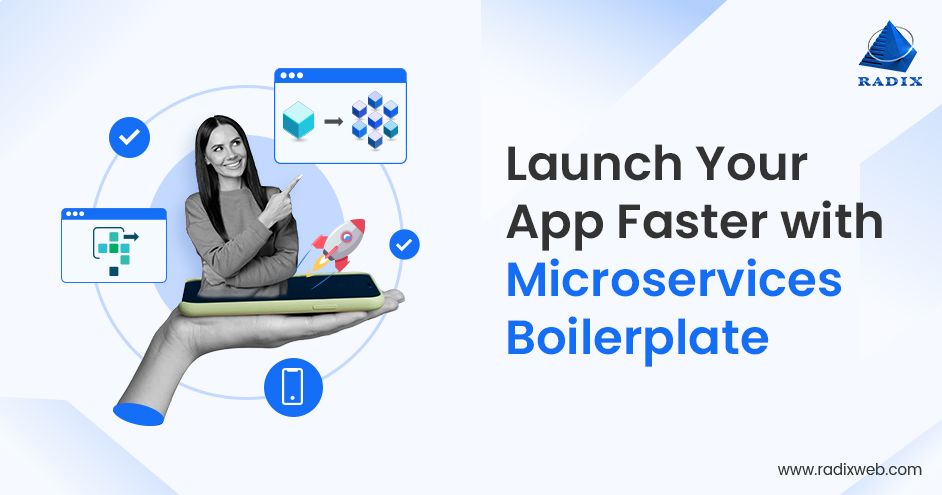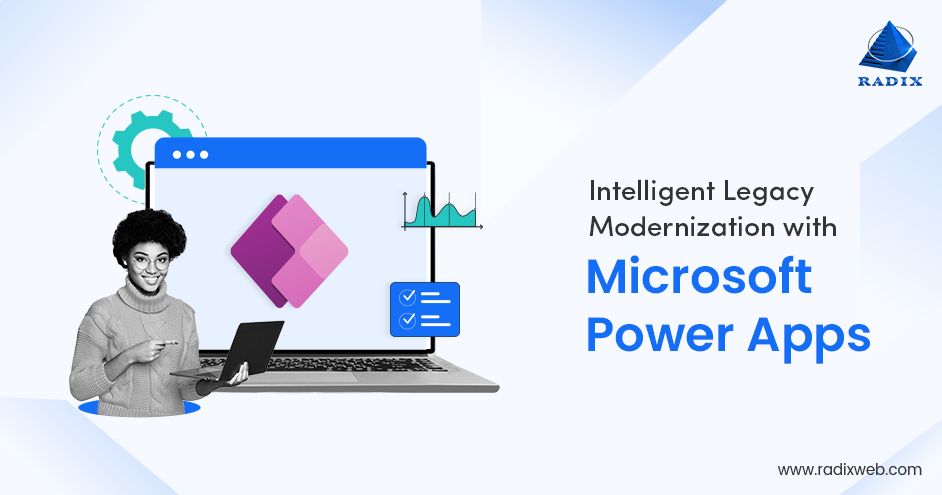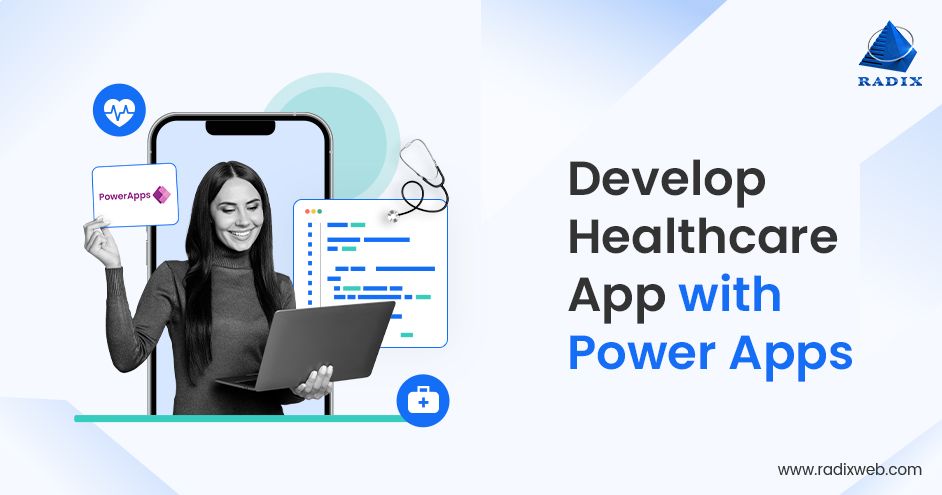
Discover what’s next for AI in healthcare in 2026 - Get Access to the Full Report
Open Source Applications On the Cloud


Quick Summary: Cloud-based open-source application development is becoming popular because of its diverse benefits, including cost-effectiveness, scalability, and performance. This article provides detailed information on cloud open-source application development and its benefits.
Nowadays, everyone wants a hands-on experience before investing or buying product or service. Hence Click, Try, Buy marketing technique came into existence.
Whether its SaaS application or cloud-based web applications – Click, Try, Buy (CTB) has taken over the IT industry. CTB’s definition differs on who we are addressing and how it should be used to maximize sales.
Click, Try, Buy is a marketing technique that allows prospects to use the application with limited functionality, offering a free trial that leads to a purchase when the trial period finishes.
When it comes to open-source cloud application – CTB lets you run open source applications on a virtual platform over the web, thus saving the time spent deploying and testing on individual systems before deciding to deploy it.
A lot of times, there is a need to test applications before you want to deploy them. And testing an application often means provisioning a server for it, deploying the required OS, and later the application.
Also, as a business, you need to note that it is projected that end-user income from open-source cloud services will rise dramatically by almost 21% globally in 2023 to approximately $592 billion.
Therefore open-source app development on the cloud came into existence. This race to the cloud has made businesses more compatible and sustainable.
Transform Your IT Ecosystem by Opting for Top-Notch Cloud App Development
Contact Us Today
Advantages of Opensource Application Development
- First, many open-source softwares are now available on a SaaS basis, especially for enterprises and small businesses, which brings quality, cost-effective applications to consumers and removes the hassles of deploying apps on their servers. At the same time, it offers a viable business model to open-source companies that enables them to make money off their technology.
- Second, the development of the technology and management software that makes cloud computing possible is the subject of several open-source projects. These tools are used by public cloud computing providers and companies who want to set up private or hybrid clouds.
- You get the advantage of integrated management by using open-source cloud software. In Open Source cloud applications, technologies such as the Common Information Model (CIM) and Web-Based Enterprise Management (WBEM) are used. With these high-end technologies, you can integrate and combine server, program, operation, and manage workstation. You’ll receive an effective administration as an output with this integration.
- IT managers face intense annoyance when dealing with lock-ins from suppliers. Some of the other drawbacks are the lack of portability, costly licensing fees, and the inability to configure applications. The use of open-source software gives you more flexibility, and you can overcome all these drawbacks effectively.
- When using open-source software, you will get ample support. Support for open source is publicly accessible and can be accessed easily via online communities. Several tech firms provide free online assistance and different levels of chargeable support as well. Maintenance and support are also offered by most organizations that provide open-source application development solutions.
- It is easy to configure Linux and open source applications. You will allow your company to either scale up and achieve more significant growth or simplify the process and accomplish more with less clustering options, load balancing, and open source applications, such as email and databases.
Top opensource cloud application
1) OpenShift
OpenShift, owned by RedHat – is a Platform as a Service ( PaaS) cloud development. It is an open-source platform that allows developers to build and deploy their cloud computing applications. Openshift supports Java, PHP, Ruby, Node.js, Python, Perl, MySQL, MongoDB, PostgreSQL, and Jenkins technologies.
Framework of operation: Linux.
2) Xen
The Xen project focuses on advancing virtualization, including server virtualization, infrastructure as services (IaaS), desktop virtualization, security technologies, embedded and hardware appliances, and automotive / aviation, in many different commercial and open source technologies. In 2006, Amazon started using Xen for its cloud storage service, and it runs several other public clouds, too.
Operating System: Independent
3) Openstack
OpenStack is an open-source cloud computing platform that enables organizations to manage the massive data center, storage, and networking pools. OpenStack is open source means that anyone who wishes to use OpenStack can access, make improvements, and share the source code with the community.
Operating System: Independent
4) Cloudify
Cloudify is a platform for orchestration designed to model apps and services while automating their life cycles. This requires the ability to deploy and conduct continuous maintenance in any cloud environment or data center. It also provides tools for tracking all aspects of the applications deployed, detecting and solving failure situations manually or automatically.
5) Odoo
From supply chain and project management to accounting and HR, Odoo is an enterprise resource platform to handle all your business operations. It has over 5 million clients, including Canonical, Danone, and Singer. This involves more than 3,000 individual applications that work together to help people control their organization.
Operating system: Windows, Linux.
Build Dynamic Cloud Apps Deploying Future-Proof IT Environments to Accomplish Emerging Market Demands
Choose Best Services
Conclusion
Recent studies have shown that at least 90% of 1200 codebases use at least one open-source component. Thus there are rare chances to stop open-source elements completely.
In the technology world, open-source app development is gradually becoming more popular. There was no lack of open-source resources in the cloud that is introduced into the market. Cloud tools that are freely accessible enable users to leverage the cloud platform’s potential with more freedom.
The cloud consultants at Radixweb offer their best to understand your business requirements, current application design, and business needs to identify and deliver a simple roadmap to a cloud-based solution.
Leading cloud platform experience lets our professionals make the best use of the capabilities and create stupendous open-source cloud-based applications that are aligned to your functional and non-functional requirements.
Ready to brush up on something new? We've got more to read right this way.





